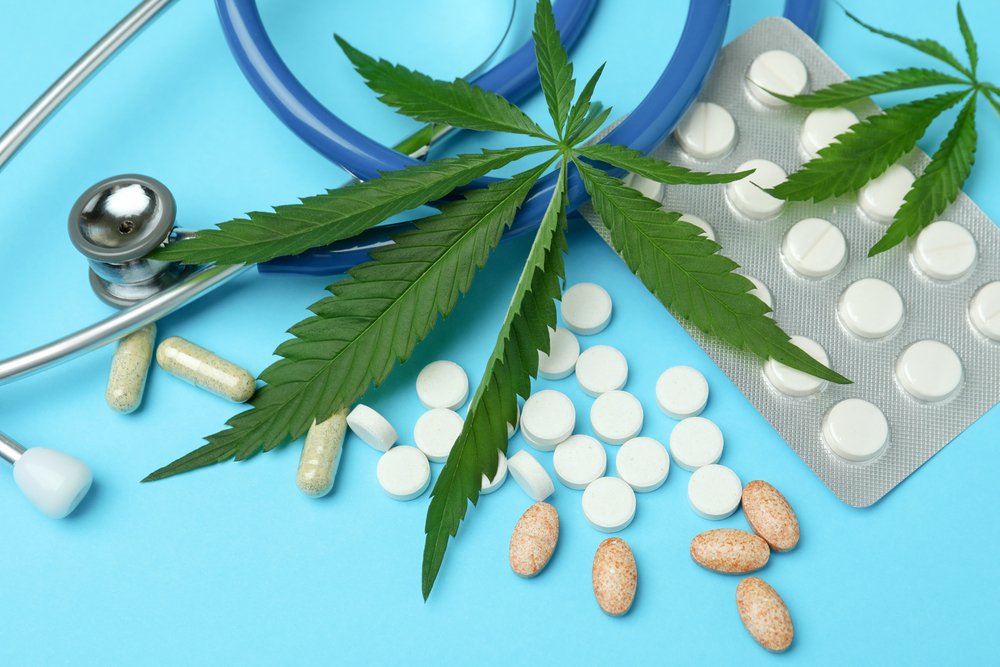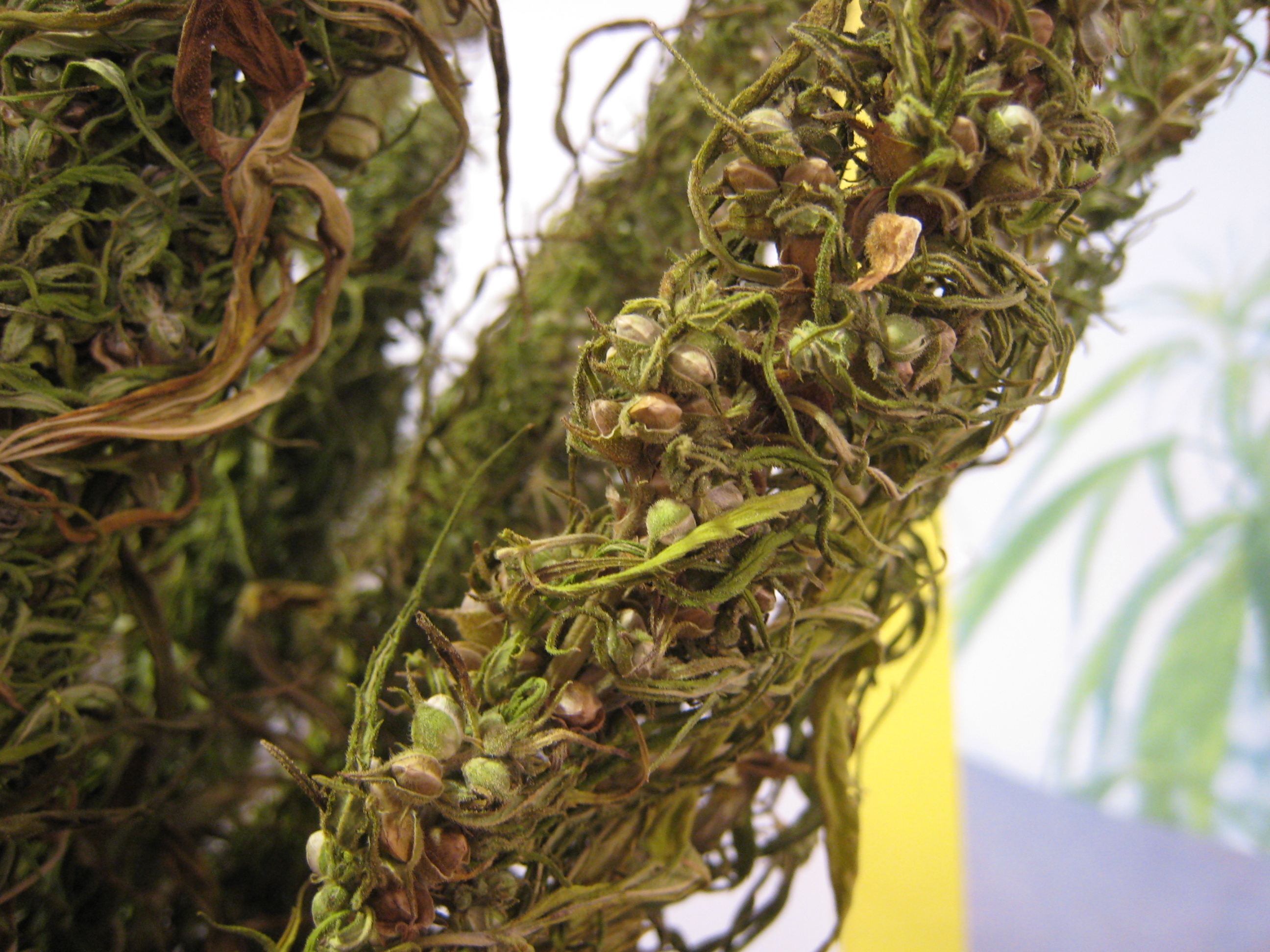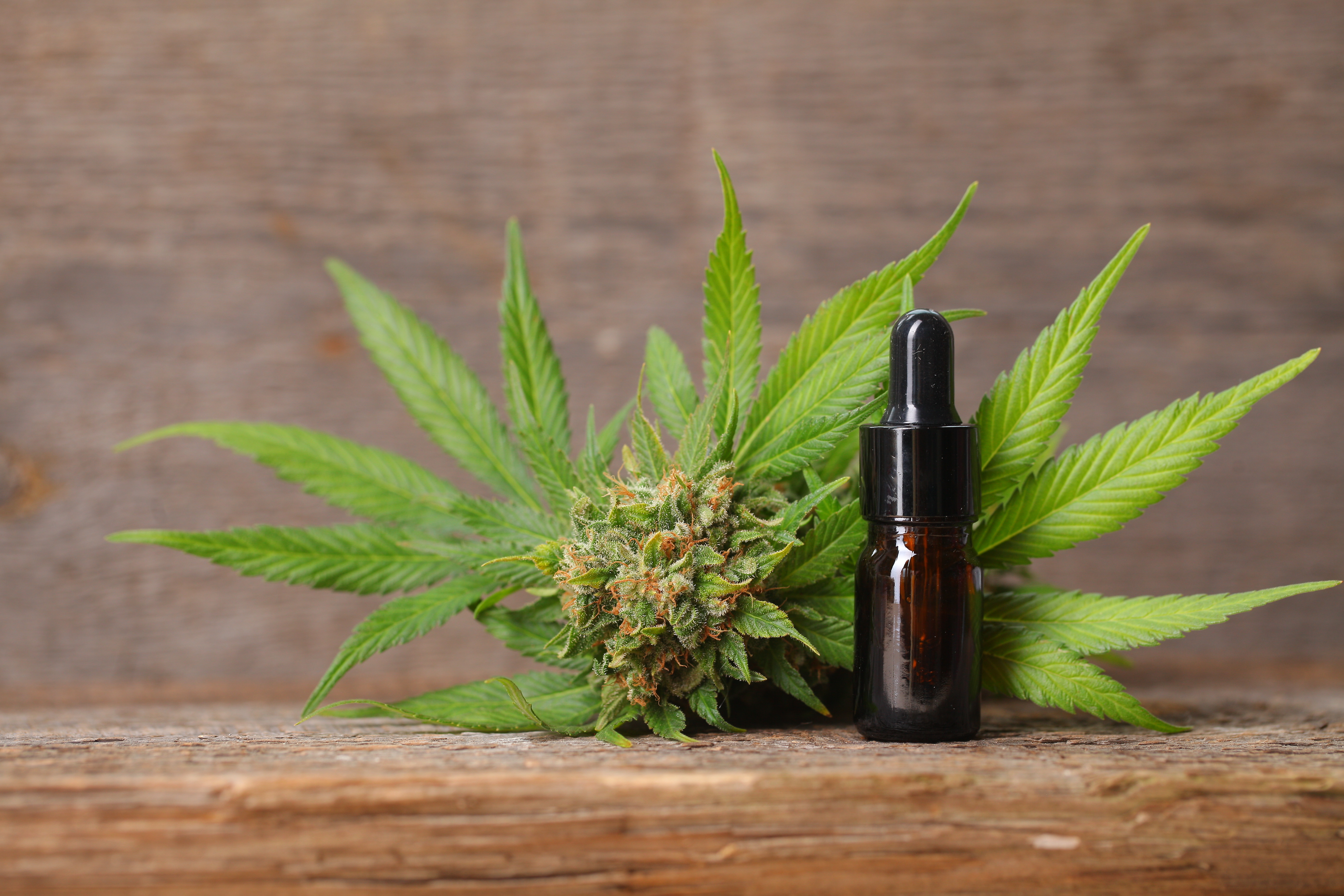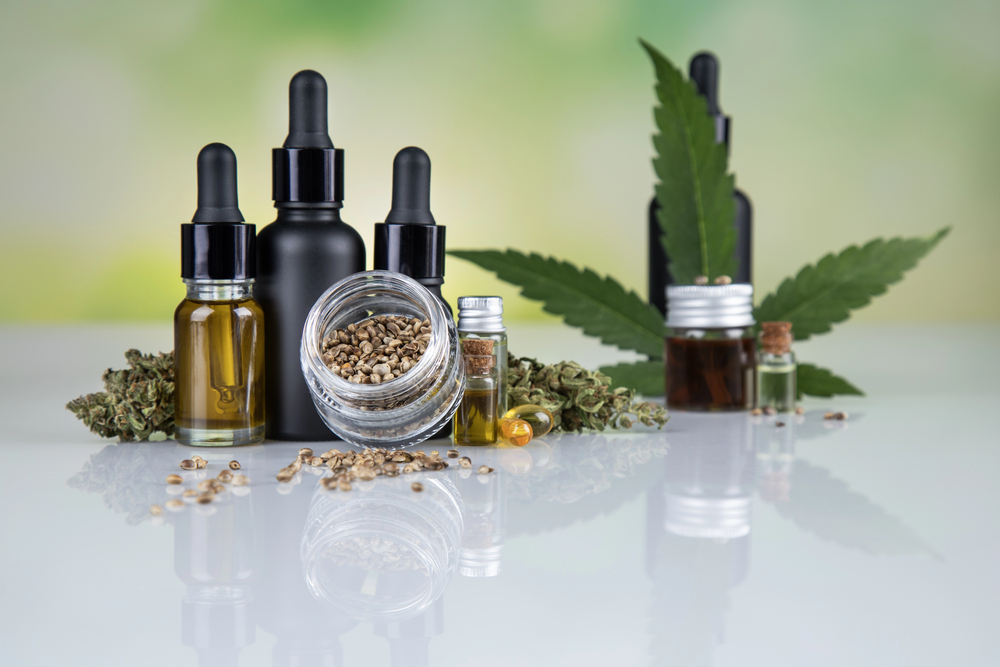The Tools You Need to Detect Nitrosamines in Cannabis & Hemp
Nitrosamines are among the most tightly regulated contaminants in pharmaceuticals, food, and tobacco, yet in cannabis, they are barely on the...
2 min read
Ellutia Jul 7, 2025 2:04:37 PM

When patients rely on medicinal cannabis to help manage conditions like epilepsy, chronic pain, or multiple sclerosis, potency accuracy isn’t optional it’s critical. Small differences in Tetrahydrocannabinol (THC) and Cannabidiol (CBD) content can dramatically affect a patient’s response.
Yet studies such as this one by Vandrey et al. have found that up to 50% of cannabis products are mislabelled for cannabinoid content.
Potency testing quantifies the levels of active cannabinoids in a sample typically THC, CBD, and Cannabinol (CBN). In medicinal cannabis, labs also measure acidic forms like THCA and CBDA because they convert to active compounds when heated.
Accurate potency data helps:
Ensure patients receive consistent therapeutic results
Meet regulatory requirements from MHRA, FDA, and EU-GMP frameworks
Reduce compliance risks and the chance of costly recalls

Gas Chromatography with Flame Ionisation Detection (GC-FID) remains a trusted tool for cannabinoid analysis. It’s precise enough for trace detection, repeatable for batch-to-batch consistency, and works well across multiple cannabis product types flower, oils, tinctures, or edibles.
While Mass Spectrometry (MS) is often used for unknown contaminants, GC-FID is an efficient, reliable choice for routine potency work. For example, Ellutia’s 200 Series GC uses a validated liquid injection method, which avoids the underestimation risks sometimes seen with headspace techniques.

A validated GC-FID method separates and quantifies cannabinoids using precise temperature control and liquid injection. This ensures a representative snapshot of both volatile and non-volatile compounds in the sample.
If you want a quick, clear visual:
🎥 Watch our short explainer video below for an overview of how accurate potency testing works and why GC-FID is trusted in cannabis labs.
✔️ Verify Supplier COAs with Your Own GC Data
Never rely solely on a grower’s Certificate of Analysis (COA). Cannabinoid levels can shift during storage or transport always confirm in-house using a validated GC method.
✔️ Use Liquid Injection for Better Accuracy
For cannabinoids like THCA or CBDA, liquid injection with GC provides a more representative snapshot than headspace methods. This ensures you capture heavier molecules that might otherwise be missed.
✔️ Keep GC Records Clear for Compliance
Regulators expect traceability. Detailed GC batch records, retention times, and calibration logs protect your lab during audits and protect your patients.
Access the Application note here:
Reliable potency data isn’t just a box to tick it underpins trust between patients, prescribers, and the brands they rely on. With consistent GC-FID workflows, medicinal cannabis can deliver its intended therapeutic benefits safely and repeatably.

At Ellutia, we help cannabis labs and producers run fast, accurate GC-FID potency testing that supports compliance and patient confidence.

Nitrosamines are among the most tightly regulated contaminants in pharmaceuticals, food, and tobacco, yet in cannabis, they are barely on the...

Most people associate cannabis with THC and CBD. But if you’ve ever wondered why one strain lifts you up while another winds you down, the answer...

You’ve got a new CBD product. The packaging looks great. But what’s actually inside? How much CBD is active? Is it compliant and consistent?This is...